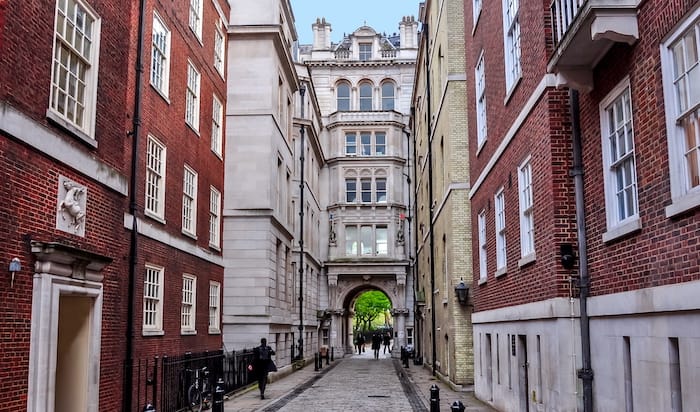BSB’s diversity report shows number of rookie barristers on the rise

The Bar Standards Boards’ annual report on diversity at the bar has shown further increases in diversity across the profession.
The report, covering data from 2023, showed that almost 60% of pupils are female, with the proportion of women KCs increasing 1% to just over one in five silks.
The percentage of barristers from minority ethnic backgrounds has also increased by 0.6%. The total figure now sits at 16.9%, compared to a working age population of 16.7%. However, this number dips down to 10.7% for KCs.
At the pupil level, the document shows a continued increase in diversity. Whilst 60% of pupils are female, 24.9% are from minority ethnic backgrounds. This latter group is broken down by the report into four categories.
Those from Asian/Asian British backgrounds make up 11.3% of the total pupillage cohort, 8.2% of all barristers, 5% of KCs, and 7% of the working population, according to the report. Meanwhile those from Black/Black British backgrounds, contribute 6.2% to the total pupil figure, compared with 3.6% of all barristers, 1.4% of KCs, and 4.1% of the working population.
Also included are those from mixed/multiple ethnic groups who make up 5.6% of pupils, 3.7% of all barristers, 2.7% KCs, and 1.7% of the working population, and other ethnic groups, adding a further 1.7% of recruits and making up 1.5% at the bar, 1.7% of KCs, and 3.9% of the working population.
Elsewhere, the data showed an increase in the overall number of practitioners up to 18,356, with 572 of these pupils. This marks a raise of 84 from the previous pupil figures, and is the highest recorded by the report first published in 2015.
Commenting on the report, Mark Neale, the director general of the BSB, said:
“It is encouraging to see the bar continuing to become more representative of the society that it serves, with increases in 2023 in the proportion of women barristers, barristers from minority ethnic backgrounds and barristers with disabilities.”
He continued: “Despite this progress, these groups remain underrepresented at the most senior levels of the bar. This underlines the importance of the work we are doing to review our equality and diversity rules and to work proactively with the profession to support barristers and chambers in meeting those rules. I would urge all barristers to respond to the questionnaire we include when barristers renew their practising certificates, so that we can obtain the most accurate picture of the diversity of the bar.”
